A team of scientists has discovered surprising connections among gene activity, genome packing, and genome-wide motions, revealing aspects of the genome’s organization that directly affect gene regulation and expression.
Category: biotech/medical – Page 517

Cancer study finds nuts could hold key to stopping spread of disease
New research has found that a mineral found in Brazil nuts could be the key to stopping the spread of triple negative breast cancer.
Triple negative breast cancer can be hard to treat but is often manageable through therapy and surgery, unless it spreads to other parts of the body when it can become inoperable.
The study, funded by Cancer Research UK, suggests that limiting the antioxidant effects of selenium, a popular ingredient of multivitamin supplements found in everyday foods such as nuts, meat, mushrooms and cereals, could be the secret to controlling this form of the disease.

‘Squeezing’ Increased Accuracy of Quantum Measurements
Tohoku University’s Dr. Le Bin Ho has explored how quantum squeezing can improve measurement precision in complex quantum systems, with potential applications in quantum sensing, imaging, and radar technologies. These findings may lead to advancements in areas like GPS accuracy and early disease detection through more sensitive biosensors.
Quantum squeezing is a concept in quantum physics where the uncertainty in one aspect of a system is reduced while the uncertainty in another related aspect is increased. Imagine squeezing a round balloon filled with air. In its normal state, the balloon is perfectly spherical. When you squeeze one side, it gets flattened and stretched out in the other direction. This represents what is happening in a squeezed quantum state: you are reducing the uncertainty (or noise) in one quantity, like position, but in doing so, you increase the uncertainty in another quantity, like momentum. However, the total uncertainty remains the same, since you are just redistributing it between the two. Even though the overall uncertainty remains the same, this ‘squeezing’ allows you to measure one of those variables with much greater precision than before.
This technique has already been used to improve the accuracy of measurements in situations where only one variable needs to be precisely measured, such as in improving the precision of atomic clocks. However, using squeezing in cases where multiple factors need to be measured simultaneously, such as an object’s position and momentum, is much more challenging.

Are telomeres really the key to living longer, youthful lives?
As Canadians brace for “vitamin D winter”—months when the sun’s angle is too low to produce the vitamin in the skin—a McGill University study explains why vitamin D deficiency early in life is associated with a higher risk of autoimmune diseases.
During childhood, the thymus helps train immune cells to distinguish between the body’s own tissues and harmful invaders. A vitamin D deficiency at that stage of life causes the thymus to age more quickly, the researchers discovered.
The study is published in the journal Science Advances.
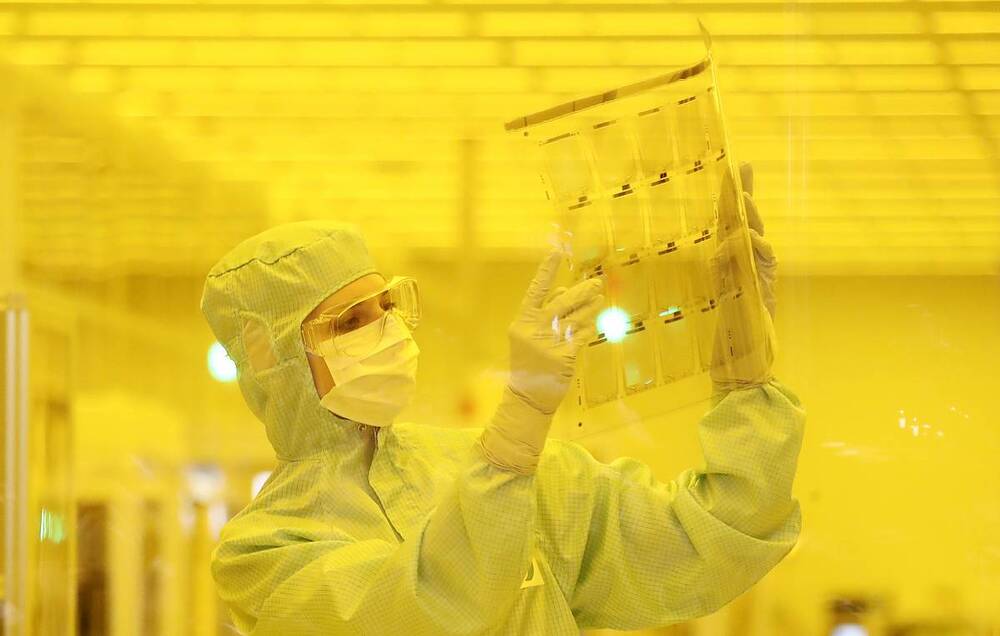
Past neuroscience research has pinpointed many of the neural processes through which the human brain forms
stores and retrieves important information, such as domain-specific knowledge and memories. One dimension of human memory is the ability to link various aspects of experience to specific life events.
Past studies have suggested that this memory-related process is supported by phase precession, which is a shift in the timing at which specific neurons are fired. Up until now, however, this hypothesis had not been confirmed experimentally.
Researchers at the University of California, Davis, Harvard Medical School, Toronto Western Hospital and Cedars-Sinai Medical Center recently carried out a study aimed at probing the relationship between phase precession and memory.
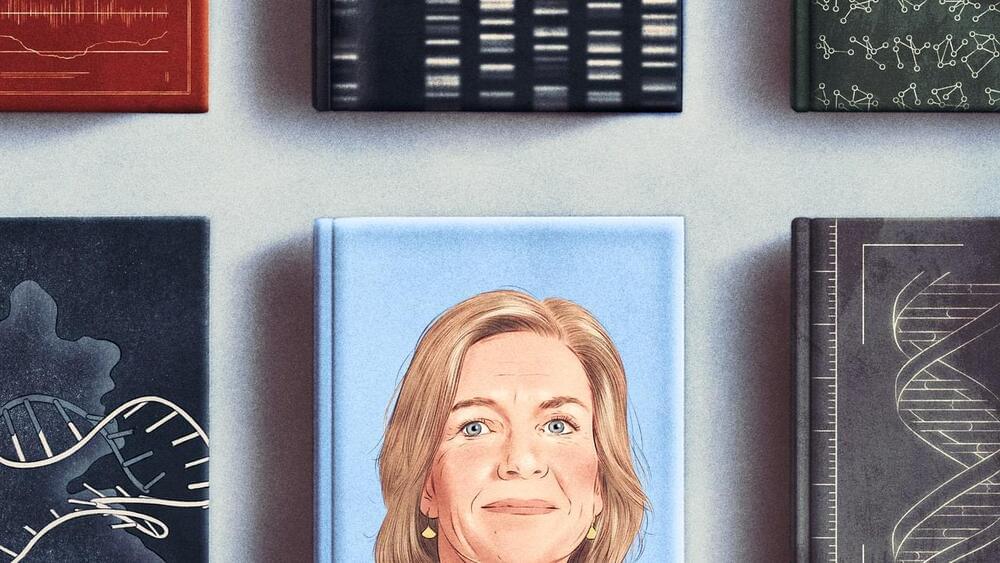
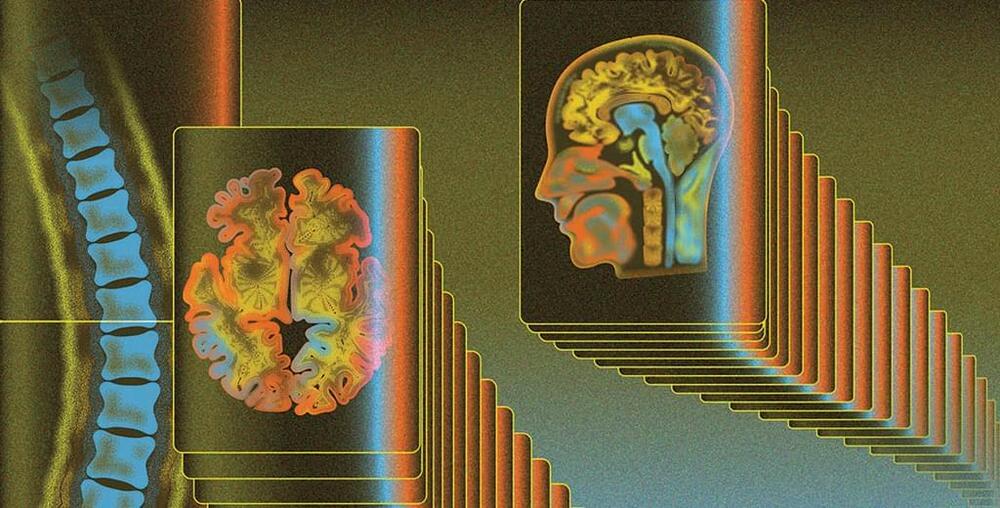
Bioengineering cells to support new capabilities
Every cell is beholden to a phenomenon called cell fate, a sort of biological preset determined by genetic coding. Burgeoning cells take their developmental cues from a set of core genetic instructions that shape their structure and function and how they interact with other cells in the body.
To you or me, it’s biological law. But to a group of researchers at Stanford Medicine, it’s more of a suggestion. Unconstrained by the rules of evolution, these scientists are instead governed by a question: What if?
What if you could eat a vaccine? Or create a bacterium that could also detect and attack cancer? What if furniture could grow from a seed?
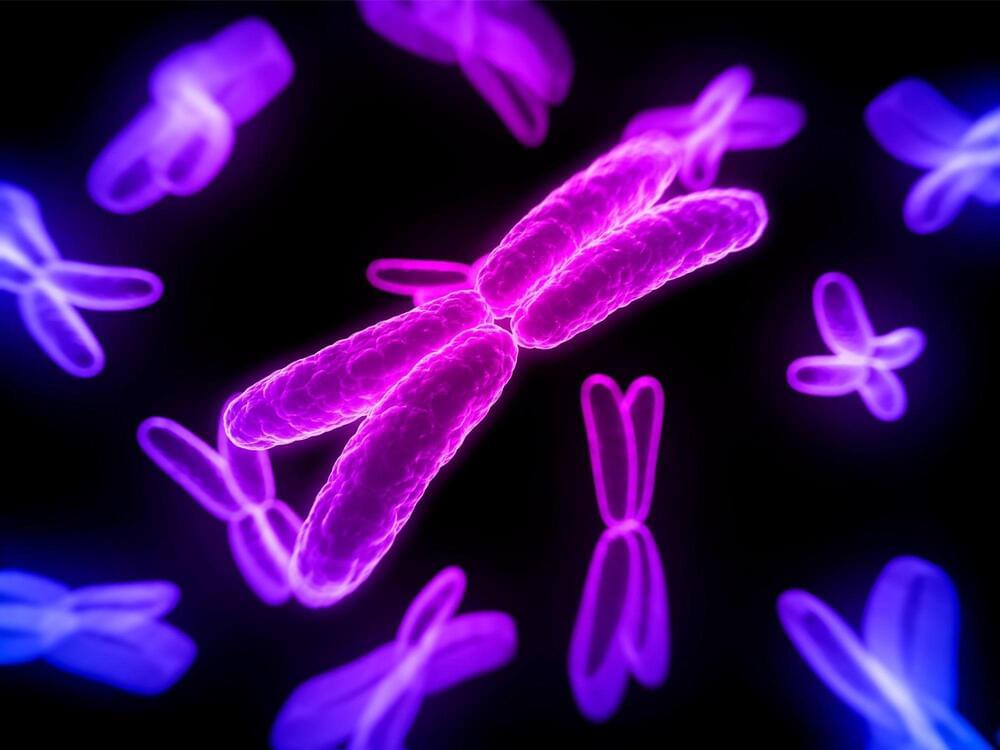
Scientists Unravel Key to the Centromere’s Eternal Life, Solving Decades-Old Mystery
Yay face_with_colon_three
Researchers discovered that PLK1 triggers a process ensuring centromere preservation during cell division by activating the Mis18 complex and controlling CENP-A loading. This finding is key to understanding how cells correctly divide their genetic material, preventing diseases like cancer.
Scientists have resolved a decade-long mystery about the mechanism that maintains the centromere, the crucial region responsible for ensuring accurate DNA division during cell division.
A study revealed that a protein, known as PLK1, triggers a process that coordinates key proteins at the right place and time during cell division – ensuring each new cell has a centromere in the right location.
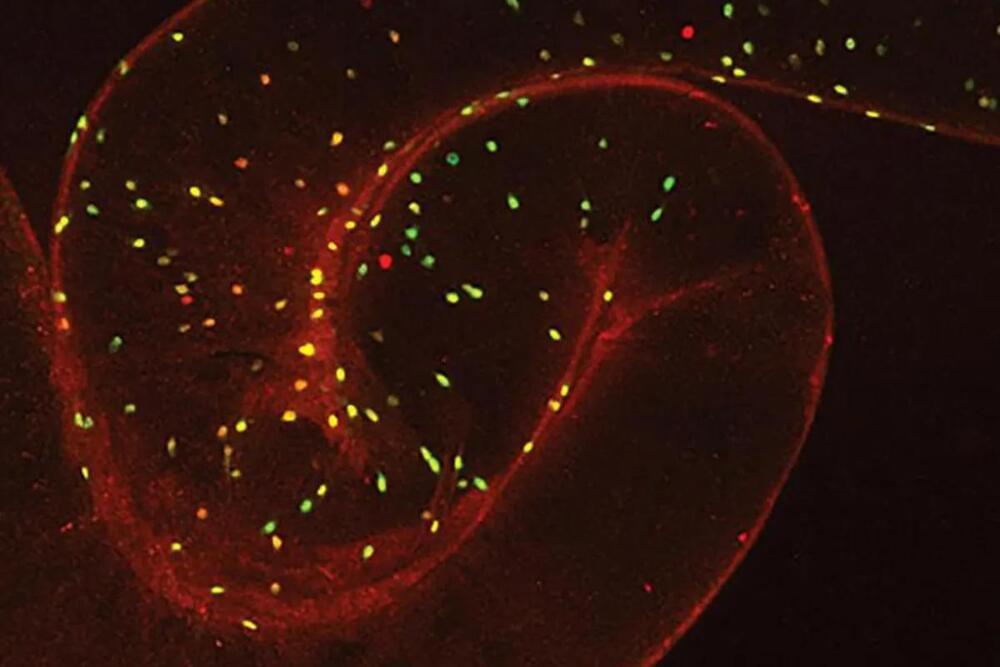
Exploring the role gut hormones play in regulating lifespan
The gut-brain axis has long been a subject of interest in lifespan research, and GLP-1 agonists, already used in the treatment of obesity and diabetes, are showing promise in the field of healthspan therapeutics.
New research on gut-to-brain signaling uncovers potential links between gut hormones like GLP-1 and longevity.

Understanding Aging through the Lense of Gut Microbiome
Intestinal stem cells play an important role in maintaining intestinal homeostasis and repairing damaged epithelial tissue. These cells function in a regenerative manner to generate new tissue throughout the growth phase and repair damaged tissue during the aging process.101 The interactions between the gut microbiome and intestinal stem cells are crucial because, if this interaction is comprehended, it may be possible to address various disorders that require stem cell therapy, heal wounds, and improve the durability of organ transplants.101 A recent study showed a connection between hematopoietic stem cells and the microbiome through altering metabolic stress.66 Therefore, the microbiota is crucial for maintaining microbial homeostasis, regulating metabolism, and the innate and adaptive immune systems.101 Furthermore, the study reveals that compositional alterations in the gut microbiome driven by dysbiosis are related to stem cell aging, metabolic dysregulations, stem cells’ epigenetic instability, and abnormal immune system activation.66
In the field of anti-aging, stem cells are regarded to have great potential. In numerous organs, it has been demonstrated that as we age, stem cells lose their capacity for self-renewal and differentiation and run out of resources.89 The emergence of anti-aging medications should address the dysregulation caused by aging that affects stem cells’ capacity for differentiation and self-renewal by re-regulating intrinsic and extrinsic variables. The host microbiome, hormones, local immune system, systemic inflammation, and niche structure are just a few examples of microenvironmental and systemic factors that influence stem cell aging.66
Endogenous ethanol is a class of microbiological metabolites. Proteobacteria, including E. coli and other Enterobacteriaceae, produce ethanol with bacterial origins. High endogenous ethanol levels in the human hippocampus inhibit proliferating stem cells and reduce progenitor and stem cells.102 Additionally, when more ethanol accumulates in the gut, it enhances the permeability of the gut by disrupting epithelial tight junctions, particularly zonula occludens. This enables the movement of pathogenic microbes, their endotoxins, and ethanol across the epithelial layer, causing more immediate and adverse effects on tissues. As a result, the stem cell reserve depletes, hastening the aging process and compensating for damaged tissues.103